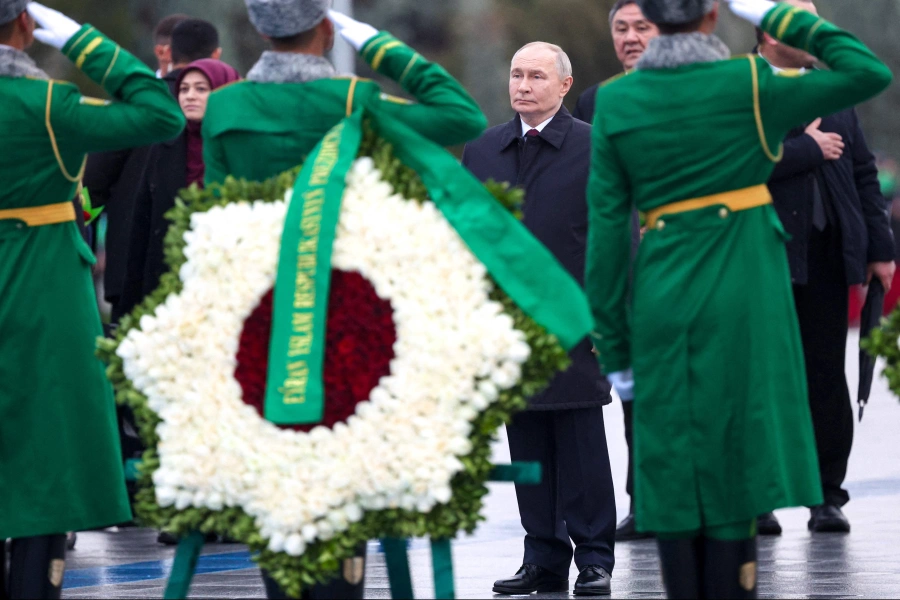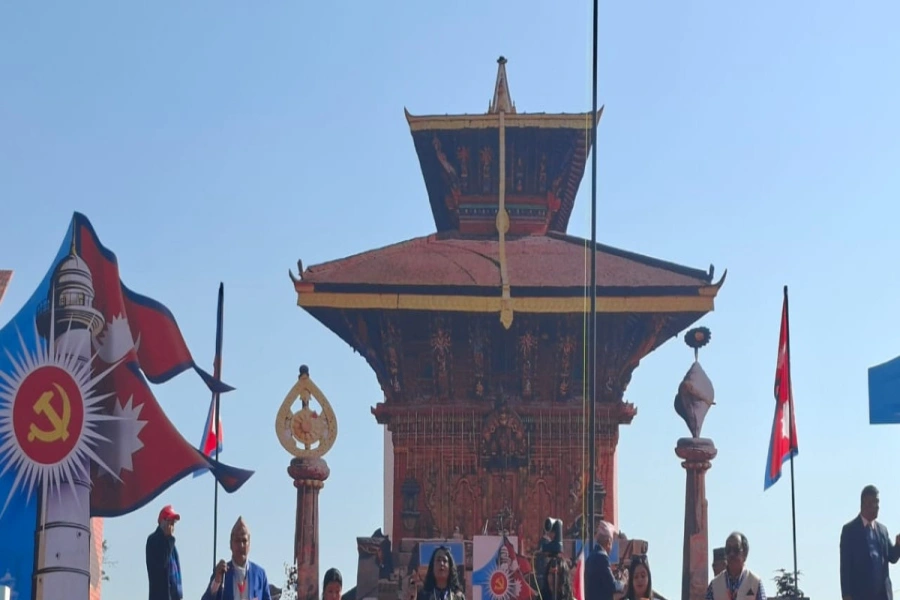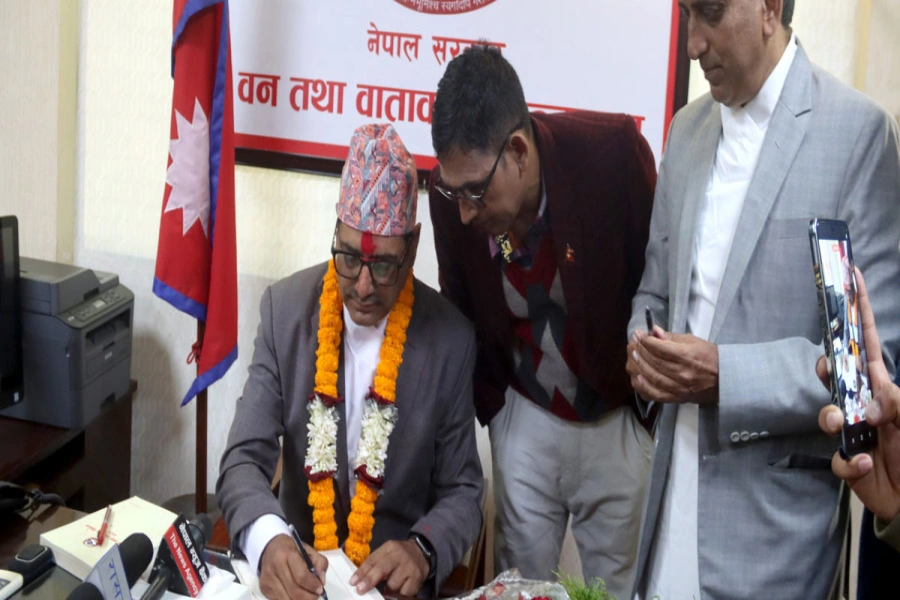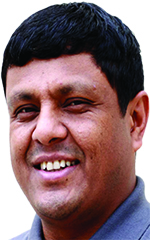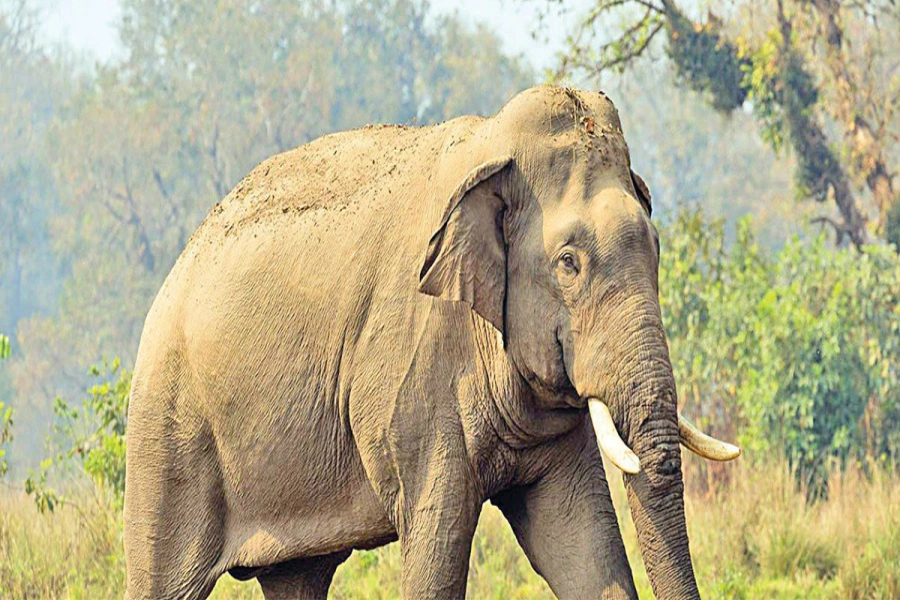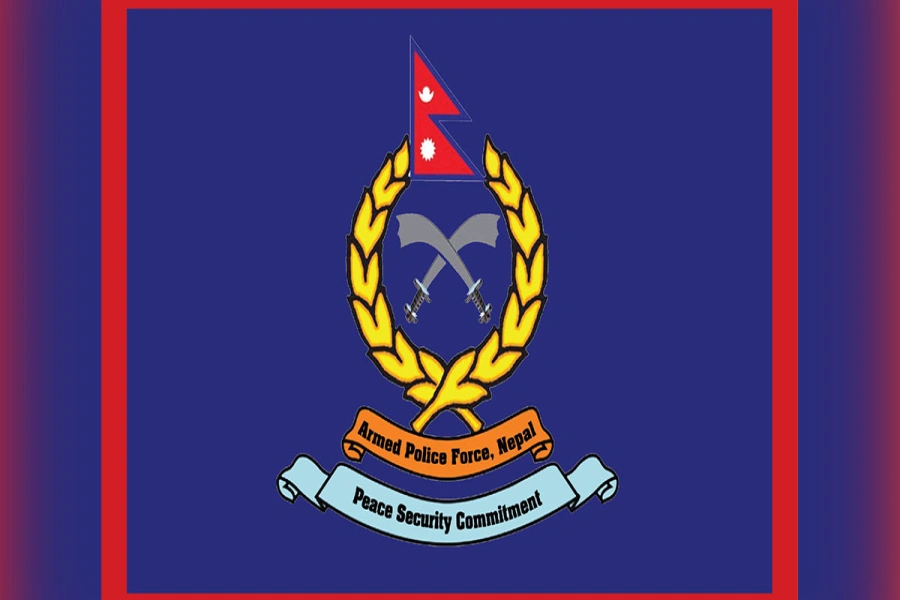It is not tolerable for Nepal to always be one of the bottommost economies of the world; strong application of an appropriate economic model has been inevitable to revamp the backwardness of the nation.
On 25th December 2022, President Bidya Devi Bhandari appointed Pushpa Kamal Dahal of the Communist Party of Nepal ( Maoist Center) to the position of Prime Minister of Nepal. Out of the 275 members of the House of Representatives (HoR), 169 from seven political parties and 3 independent parliamentarians supported him. The new prime minister has to take a vote of confidence in the HoR within 30 days of his appointment.
After the formation of the new government, the segment of political upheaval and uncertainty has come to an end. Now the people have their eyes on the new government, the economic policies it will bring and how it will implement them - whether it will follow the traditional style, doing only patch works to cover the crumbled economy or would it start a reform from the root by remodeling conventional epigraphs of the economy?
Every government that comes to power talks about unleashing Nepal’s potential to achieve high economic growth rate and prosperity. However, the economy has always been struggling to retain macroeconomic stability. A low growth rate, high unemployment, balance of payments deficit, swelling trade deficit and high inflation are some of the pressing macroeconomic challenges.
The democratic and leftist forces that emerged after the end of the monarchy have not been very successful in achieving economic growth and development.
There is no controversy that the economy is in a critical chronic stage of malignancy and the sickness has been also identified to some extent. Only the will power of the new government and leadership of the new finance minister to drive the economy with correct prescription is the demand of time.
BFIN and PHDCCI India-Nepal Centre host symposium on leveraging...
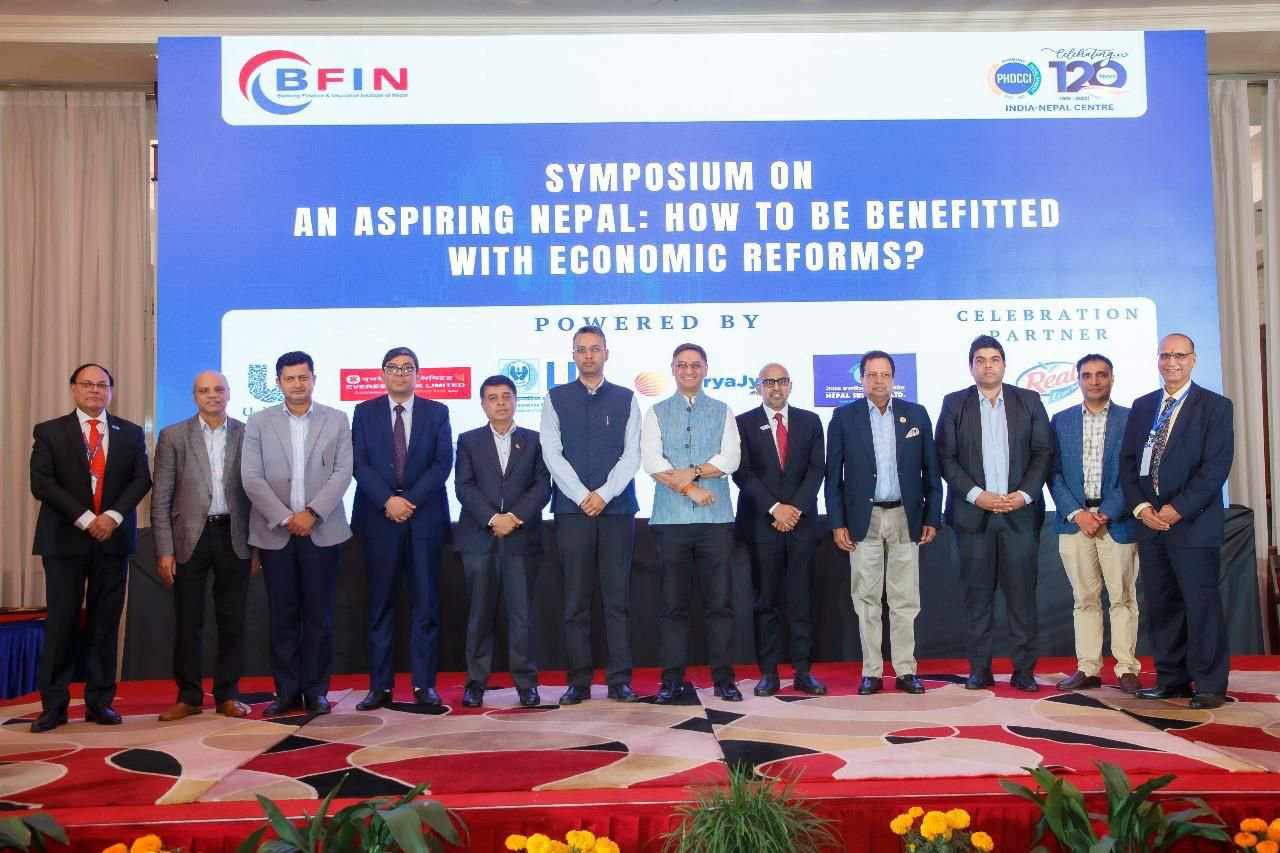
The new Finance Minister Bishnu Paudel, who is not an economist but has previous experiences in this position, must work hard independently above the party and the alliance, to bring the sick economy back on track.
In Nepal, there has been a tradition to take major decisions on the economy, usually through collusion between political leaders and influential business communities. And there has been limited room for independent expert opinion and even the role of the appropriate government authorities are being overshadowed during decision making.
For example, the suspension of Central Bank Governor and reversal of suspension decision by the Supreme Court of Nepal to reinstate him and entry of two outsider individuals — on the night of May 28 to make some last-moment changes in taxation, and resignation by the finance minister after a newspaper exposed his involvement in the incident and his reappointment after a probe committee found the allegation baseless were deleterious events for the economy.
Such events usually transpire in Nepal, some accidentally exposed and others materialized behind the scene and they were taken into consideration as normal process and proceedings. According to Nepal Rastra Bank, the current macroeconomic and financial situation for four months’ data ending mid-November, 2022/23, are mixed in nature.
During the period, the inflation remained 8.08 percent on a y-o-y basis. Trade deficit remains at Rs 477.92 billion. Federal government expenditure amounted to Rs 351 billion and revenue collection Rs 268.07 billion. Remittance inflows to Rs 378.04 billion and 2.93 billion in USD terms. The Balance of Payments remained at a surplus of Rs 20.03 billion. The gross foreign exchange reserves stood at NPR 1246.27 and 9.63 billion in USD terms.
The marginal ups and downs in macroeconomic and financial indicators still portray a grim picture of the economy. Based on the four months’ statistics, the remittances, balance of payment and foreign exchange reserves have shown some improving trends. However, our multiple defects of the economy — the country’s national expenditure exceeding its national income, inadequate production of goods and services, import without prioritizing, low exports and high inflation – are the major causes of our economic sickness.
Our economy is functioning on obsolete and wither policies. Many provisions of industrial policy, revenue policy, monetary policy and their non-protective policies toward domestic industries are seen as impediments to narrowing trade imbalances in our international trade. Moreover, our expenditure and public procurement policies are not functioning properly as the government can’t spend the development money it has.
Agriculture is becoming a low priority sector and people are not interested in accepting it as an occupation. The unreliable monsoon rain and the lack of reliable irrigation and fertilizer shortages have worsened the production of this sector. Around 2001, Nepal used to buy food and farm products worth $11.84 million annually from India, however, by 2021, it ballooned by 78 times to nearly $1 billion.
How to make this sector attractive for investment so as to be at least self-sufficient in the production of food requirements, since it is considered a primary base for forward activities? Currently, the service sector growth is also slow, especially in real estate, wholesale, and retail trade activities, induced by credit control measures and hike in interest rates.
The new government should vigorously concentrate on how to overcome these chronic issues of the economy including many more sectors, where our accomplishments are dispiriting.
For example, Nepal is becoming self-sufficient in the production of hydropower electricity, the capacity utilization by the households and industries has not been increased. Simultaneously, the government is spending more than Rs 22 billion, every month in importing petroleum products.
Furthermore, our policies are supportive of trading compared to industrial and agriculture sectors, which is one of the causes in imbalancing the trade and draining foreign currency reserves. As a result of declining productive sectors, low opportunities for jobs inside the country have compelled millions of young people to go abroad for work as cheap, unskilled laborers.
It is not tolerable for Nepal to be always in one of the bottommost economies of the world; strong application of an appropriate economic model has been inevitable to revamp the backwardness of the nation. A basic component of any efficient development model is a clear, targeted and time specific agenda that outlines how a specified desirable change in society is best accomplished. Nepal has launched partial and temporary programmes — largely copying models of international agencies, which have not been adequate to meet its rapid development goals.
In the changed context when several new political parties have entered parliament and in the new government alliance, it would be not so easy for the government to move forward by ignoring economic realities and without addressing the current economic crisis of the nation. For a balanced and efficient transformation of the economy, there needs to be a new political commitment on the part of political parties at the local, provincial and national levels, to develop comprehensible and realistic strategies, policies, programs and projects.
Moreover, it seems to be a suitable time to work collectively with all the political players inside and outside the government, taking the confidence of all stakeholders with an honest purpose of nation-building by separating economy from politics.



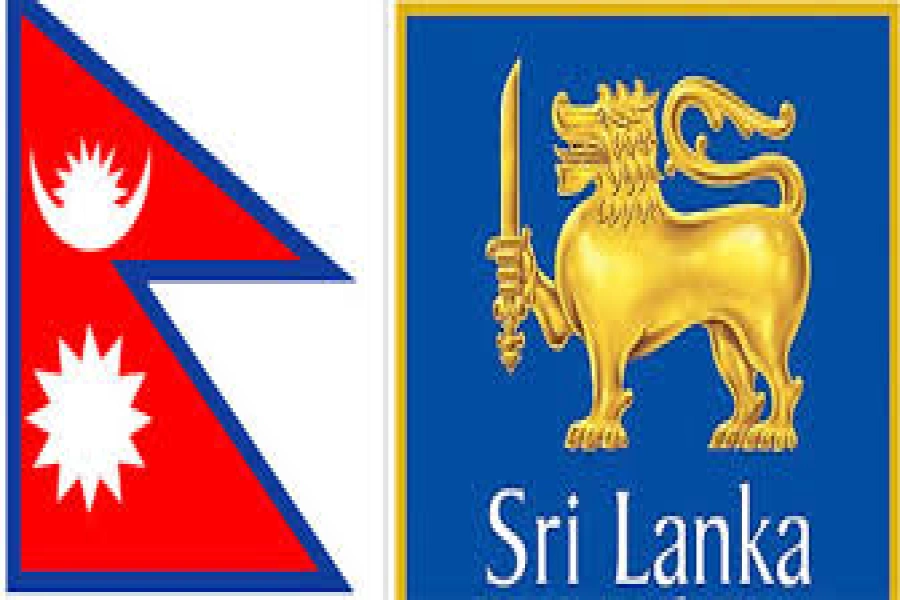
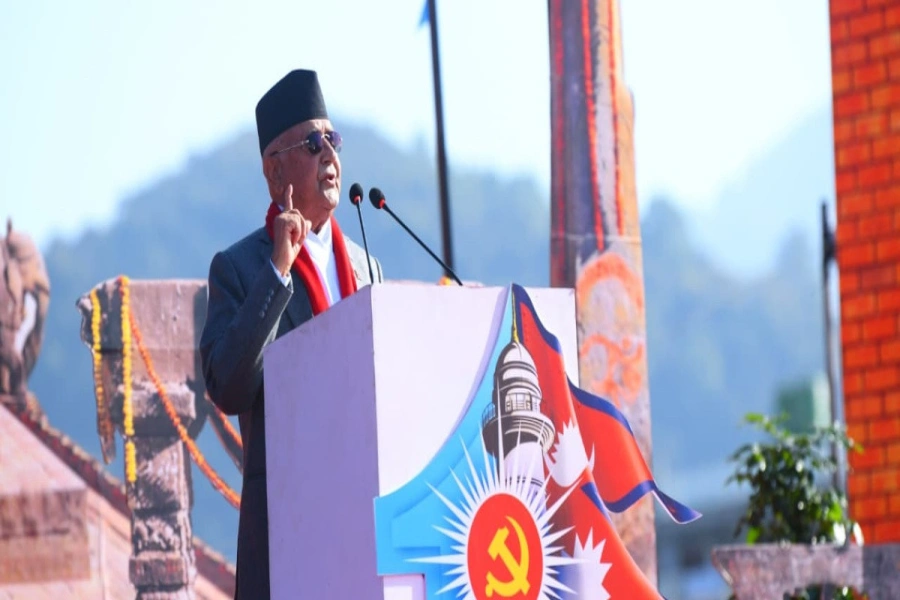
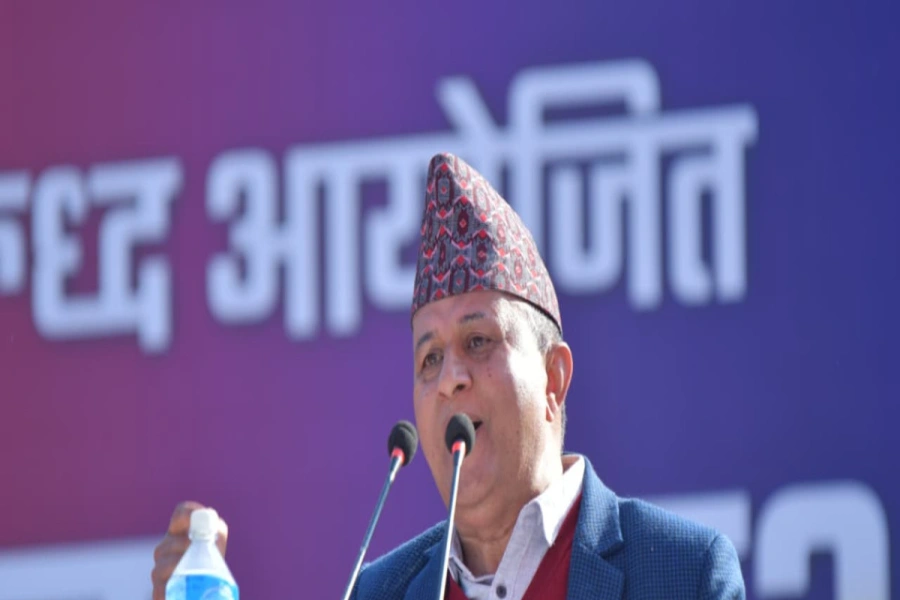
-1765616104-1765618344.webp)
